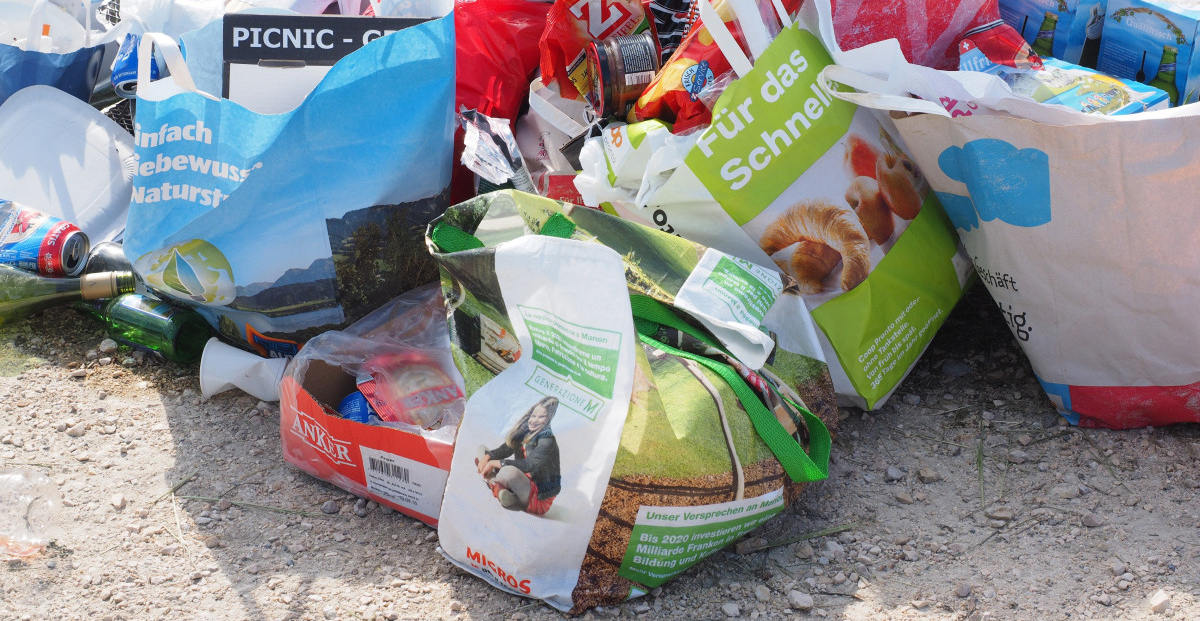 Time:2025-01-14
Time:2025-01-14
 Source:青绿环境
Source:青绿环境
With the rapid development of the global economy and the growth of the population, the rate of resource consumption is accelerating, and environmental issues are becoming increasingly prominent. Against this backdrop, the circular economy, as a model of sustainable development, has attracted widespread attention. Waste treatment equipment, as a key tool for promoting the circular economy, plays an indispensable role in resource recovery and environmental protection.

Resource Recovery and Reuse
Waste treatment equipment, through technical means such as classification, crushing, and sorting, can transform materials originally regarded as waste into valuable resources. For example, in the treatment of domestic waste, advanced sorting systems can accurately separate recyclables such as plastics, metals, glass, and paper, and send them to corresponding processing enterprises for regeneration. For construction waste, specialized equipment can effectively extract hard materials such as sand and gravel, bricks, and concrete to produce recycled aggregates or eco-friendly bricks. At the same time, light combustible materials such as wood and rubber are purified into RDF fuel to supplement traditional energy supplies. This mode of resource recycling not only reduces the demand for primary resources but also lowers the environmental pollution risks associated with waste landfilling or incineration.
Environmental Protection and Pollution Control
In the circular economy system, waste treatment equipment is not only an important link in resource recovery but also an effective barrier for environmental protection. Traditional waste treatment methods, such as open dumping and simple landfilling, can easily cause soil pollution, water pollution, and air pollution. Modern waste treatment equipment adopts multiple environmental protection measures such as closed operation, exhaust gas and wastewater treatment to minimize pollutant emissions. Taking kitchen waste as an example, anaerobic digestion devices can decompose organic matter under anaerobic conditions to produce biogas as a clean energy source. The remaining residue can also be used as organic fertilizer and returned to farmland, achieving a virtuous cycle of "turning waste into treasure."
Promoting Economic Transformation and Social Progress
From a broader social perspective, the development of waste treatment equipment has promoted the upgrading and transformation of related industries, creating new economic growth points. On the one hand, it has driven technological innovation and development in multiple fields, including mechanical manufacturing, automatic control, and biotechnology. On the other hand, it has also given rise to a number of enterprises specializing in waste management and services, providing a large number of job opportunities. In addition, with the continuous improvement of public environmental awareness, more and more people are beginning to participate in waste classification and reduction actions, forming a good social trend. This helps to build a more green and harmonious social environment and promotes the coordinated development of humans and nature.
In summary, waste treatment equipment plays a vital role in the circular economy. They are not only the bridge connecting waste and new products but also the key force to achieve a win-win situation between economic development and ecological protection. Facing more complex challenges in the future, we need to continue to increase R&D investment, improve technical levels, and perfect policies and regulations to jointly promote the construction of a circular economy on a global scale, making the earth a better home.













 Prev
Prev











